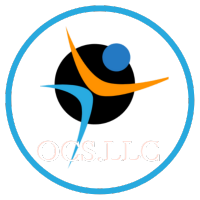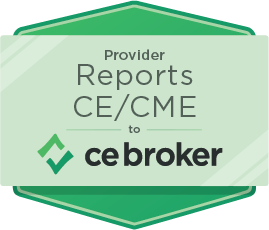OCS.CEU Quality CE for Therapy Pros
Clinical Orthopedic: Acute Non-Traumatic Musculoskeletal Pain, Clinical Practice Guidelines
- Description

Course Description
to be announced
CEUs=3
Clinical Orthopedic: Managing Acute Non-Traumatic Musculoskeletal Pain
Course Description:
This course is designed to provide physical and occupational therapists with advanced knowledge and skills in the assessment and management of acute non-traumatic musculoskeletal pain. It covers the etiology, diagnosis, and evidence-based treatment options to optimize patient care and outcomes.
Course Outline:
Module 1: Introduction to Acute Non-Traumatic Musculoskeletal Pain
- Definition and understanding of musculoskeletal pain
- Differences between acute and chronic pain
- Overview of common musculoskeletal conditions without trauma
Module 2: Pathophysiology
- Biological and physiological mechanisms of pain
- Pain pathways and their implications for treatment
- The role of inflammation in non-traumatic conditions
Module 3: Assessment Strategies
- Patient history and physical examination
- Diagnostic imaging and tests
- Identifying red flags and when to refer to other healthcare providers
Module 4: Treatment Modalities
- Interventions (manual therapy techniques, therapeutic exercises, modalities)
- Pain management strategies (pharmacological, psychological approaches)
- Patient education and self-management strategies
Module 5: Special Considerations
- Treatment variations based on patient age, comorbidities, and occupation
- Cultural and psychosocial factors influencing pain and recovery
- Case studies and patient scenarios
Module 6: Integration Into Practice
- Developing treatment plans based on clinical guidelines and current evidence
- Documentation and measuring outcomes
- Interprofessional collaboration and communication
Module 7: Emerging Trends and Future Directions
- Research updates in non-traumatic musculoskeletal pain
- Innovations in treatment techniques and modalities
- Preventative strategies and public health implications
Learning Objectives:
General Objective:
Equip physical and occupational therapists with the necessary skills and knowledge to effectively diagnose, treat, and manage acute non-traumatic musculoskeletal pain within a clinical setting.
Specific Objectives:
- Understand the physiological and pathophysiological mechanisms that contribute to the development and experience of non-traumatic musculoskeletal pain.
- Perform comprehensive assessments utilizing patient history, physical examination, and appropriate diagnostic tests to formulate a differential diagnosis.
- Develop effective treatment plans that incorporate manual therapy, therapeutic exercises, patient education, and other relevant modalities based on current evidence.
- Identify and integrate pain management strategies that address both physical and psychosocial aspects of patient care.
- Adapt treatment approaches to accommodate diverse patient populations, including considerations for age, comorbidities, and cultural backgrounds.
- Evaluate the effectiveness of treatment interventions, modify as necessary, and collaborate with other healthcare professionals to ensure comprehensive care.
- Stay updated with the latest research and advancements in the field of orthopedic physical therapy for non-traumatic musculoskeletal pain.
PT/PTA/OT/OTA
| State | Discipline | CE Broker |
|---|---|---|
| Us Virgin Islands | PT | Yes |
| Virginia | PT | Yes |
| Tennessee | PT | Yes |
| Indiana | PT | No |
| Oklahoma | PT | Yes |
| North Dakota | PT | Yes |
| Michigan | PT, OT | Yes |
| Kansas | PT, OT | Yes |
| Illinois | PT, OT | No |
| Georgia | OT | Yes |
| Arizona | PT, OT | Yes |
| Alabama | OT | Yes |
To Be Announced
to be announced







